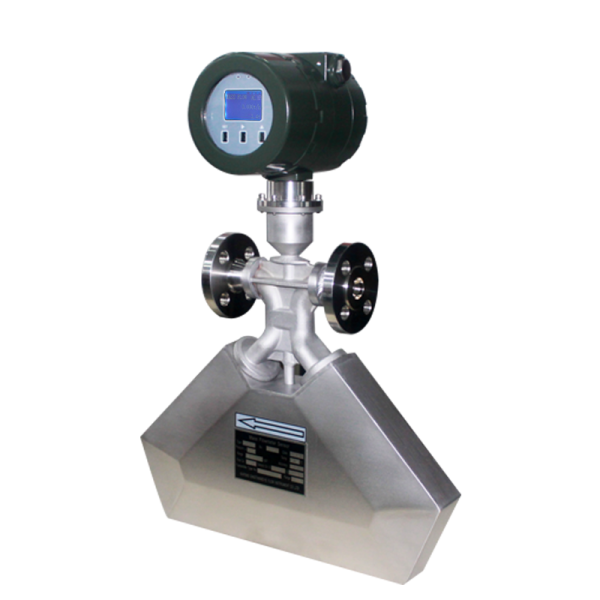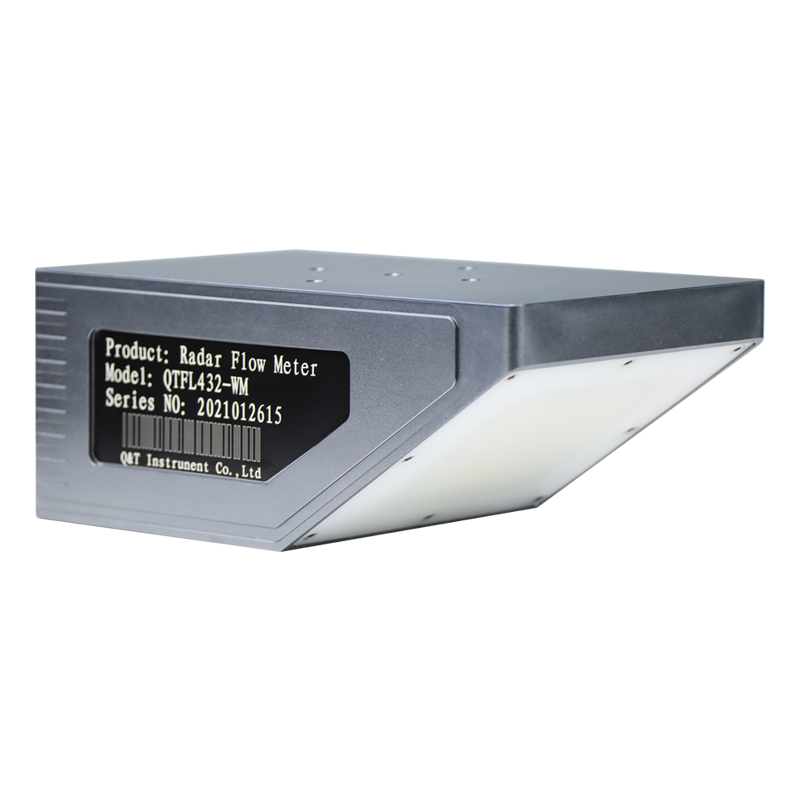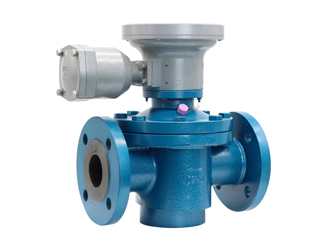2021-06-16
How to avoid bubble noise in electromagnetic flowmeter
How to avoid bubble noise in electromagnetic flowmeter
1. The length of the upstream straight pipe section of the electromagnetic flowmeter should be met from the installation, the installation of the instrument should be standardized, the installation place away from the heat source should be selected, the pipeline flow rate should be used reasonably, and the PFA fluoroplastic lining with high smoothness and the high-purity alumina industrial ceramic conduit should be selected. These measures will help prevent or reduce the occurrence of vortices and gas separation. In other words, it is possible to avoid the problem by improving the sensor manufacturing process, improving the environmental and installation conditions of the instrument, and installing an exhaust valve upstream of the instrument.
2. Reasonably setting the damping time and function of the flowmeter can also solve the false alarm of bubble noise measurement. The choice of damping time is based on the pulse width of bubble noise in the flow signal. Generally, the damping time should be 3~5 times the pulse width of bubble noise. If the pulse width of bubble noise is 10 s, the damping time should be 30 ~ 50 s. The specific selection should be based on the required control accuracy. The control error of 3 times pulse width is 5%, and the control accuracy of 5 times pulse width is higher than 1%.
Increasing the damping time of the instrument can effectively solve the impact of this pulse-shaped bubble noise, and it also brings the disadvantage of slow response, that is, when the real flow fluctuates, the response of the instrument is very slow. This is undoubtedly a problem for cooling water systems that require sensitive control. In order to solve this problem, the intelligent electromagnetic flowmeter can use software logic judgment, that is, the method of handling gross errors. In the event of such a failure, the two conditions of the insensitivity time of the flow and the limitation of the change range are adjusted to determine whether it is a flow change or a bubble rubbing the electrode. If it is not the noise caused by the bubble rubbing the electrode, the CPU will perform normal sampling, calculation and digital filtering; if it is determined that the bubble noise is generated, the measured value will be cut off and the previous flow measured value will be maintained. In this way, the damping time during normal flow measurement is still 3~6s. Only when there is bubble noise, the insensitivity time will be lengthened according to the length of the pulse width setting, and the system control time will also be lengthened.
share:
Pre:Have you done your lightning protection work?
Next: What are the advantages of thermal mass flow meters?



.jpg)
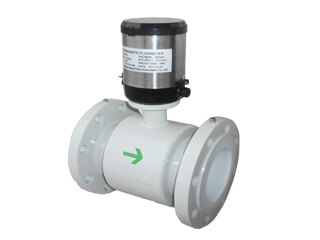
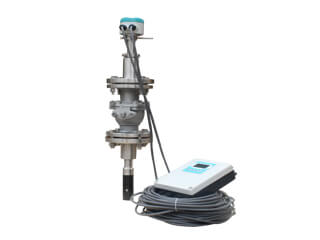
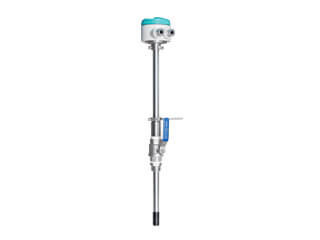
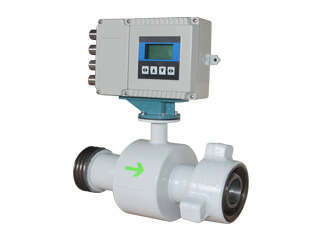
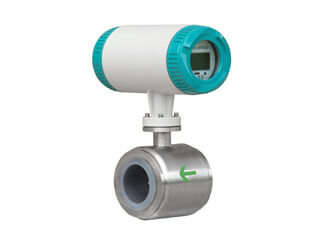
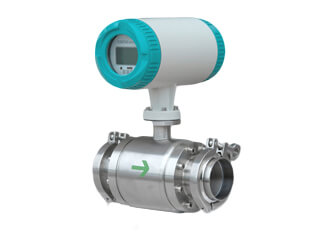
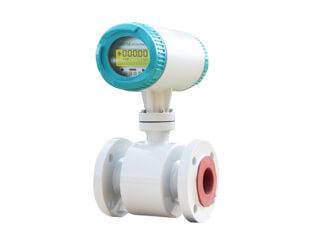
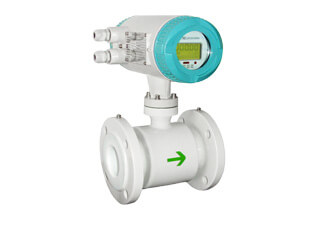
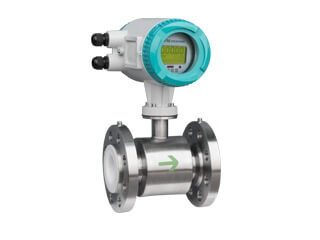
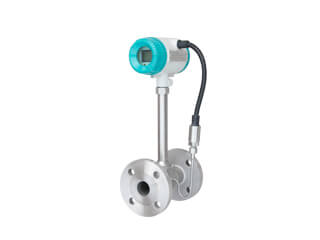
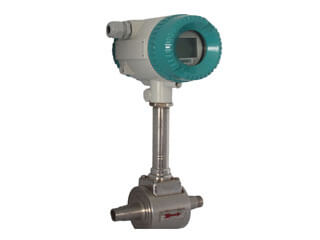
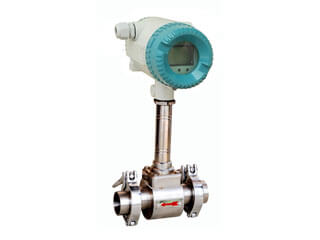
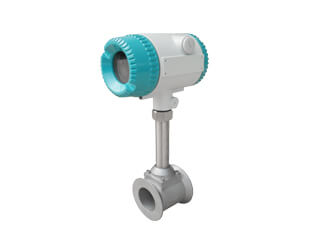
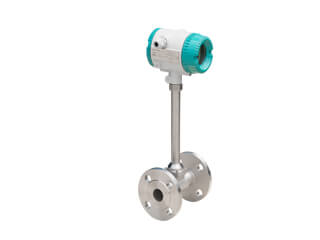
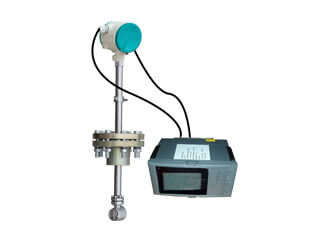
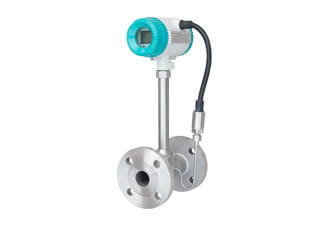
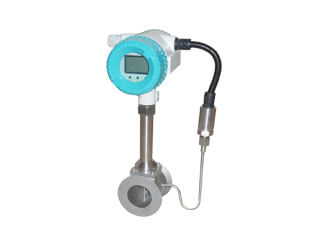
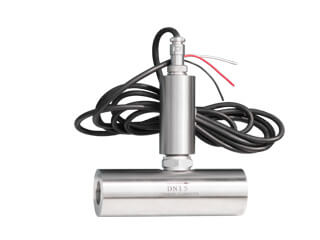
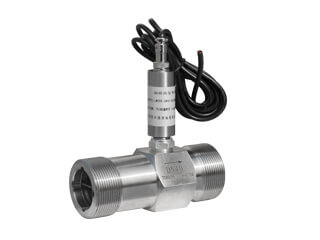
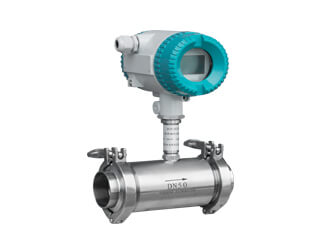
.jpg)
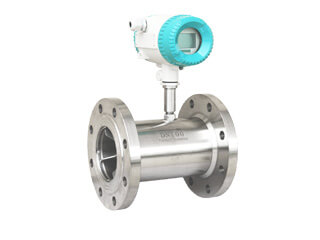
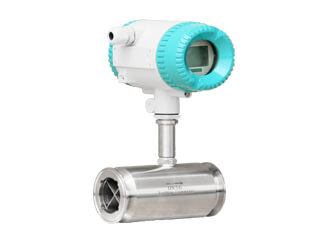
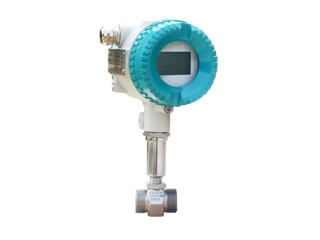
.jpg)
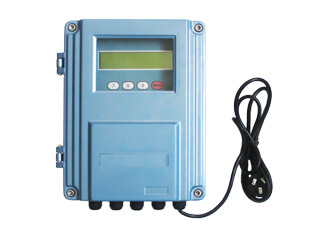
.jpg)
.jpg)
.jpg)
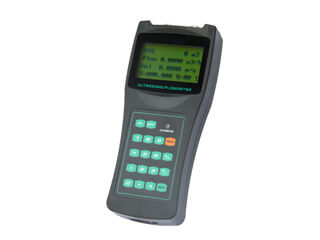
.jpg)
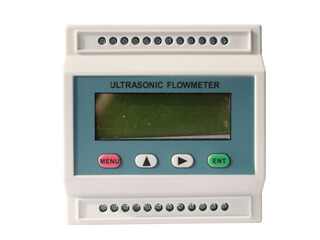
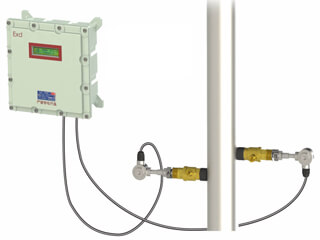
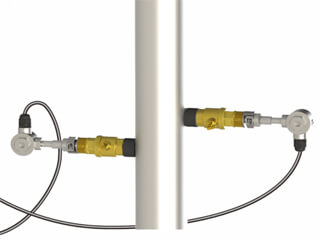
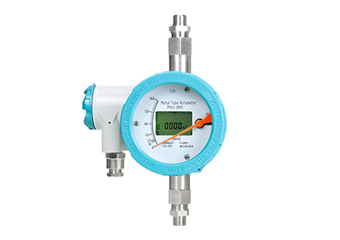
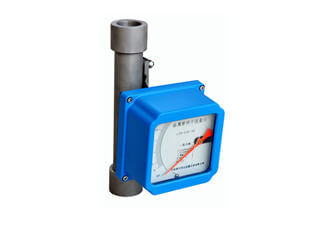
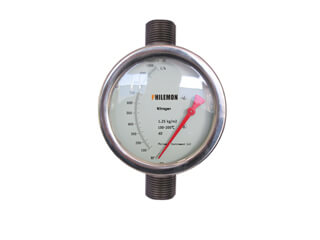
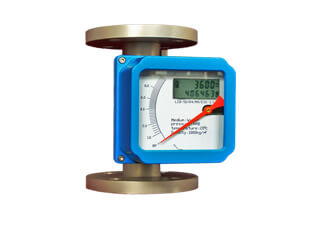
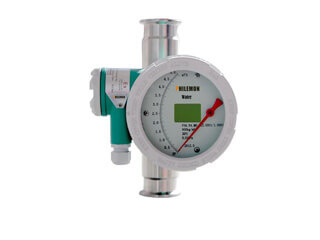
.jpg)
.jpg)
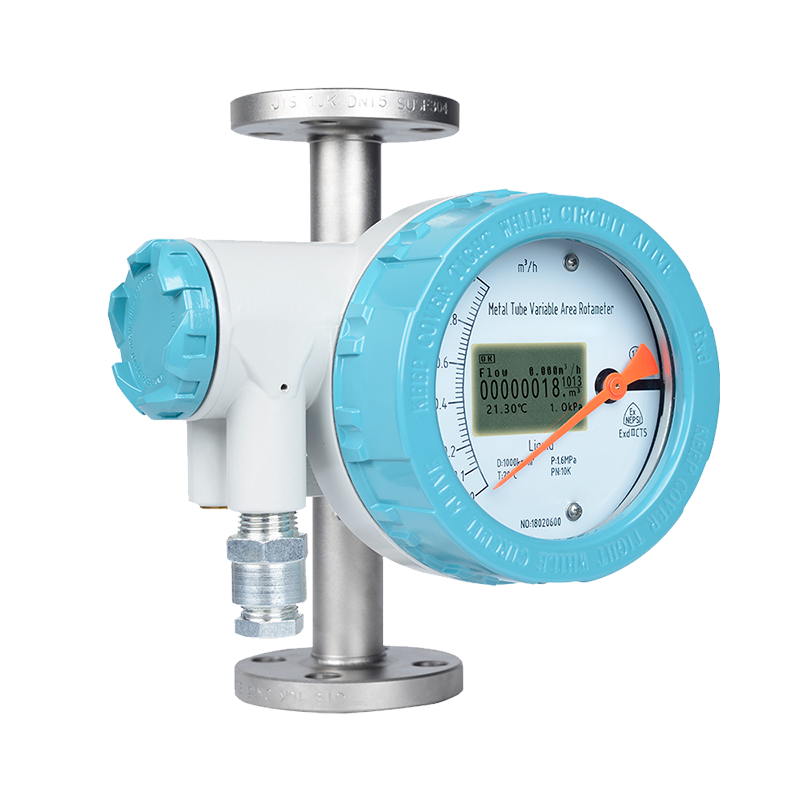
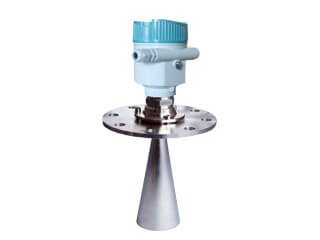
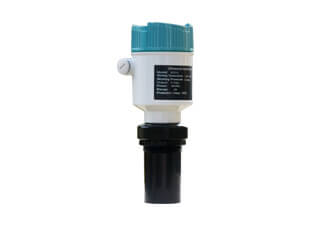
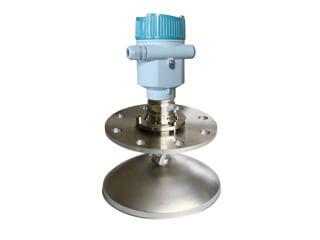
.jpg)
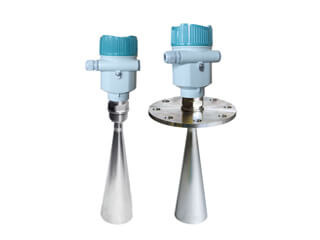
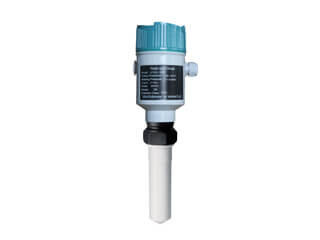
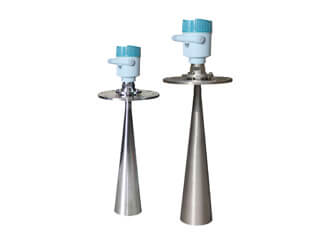
.jpg)
.jpg)
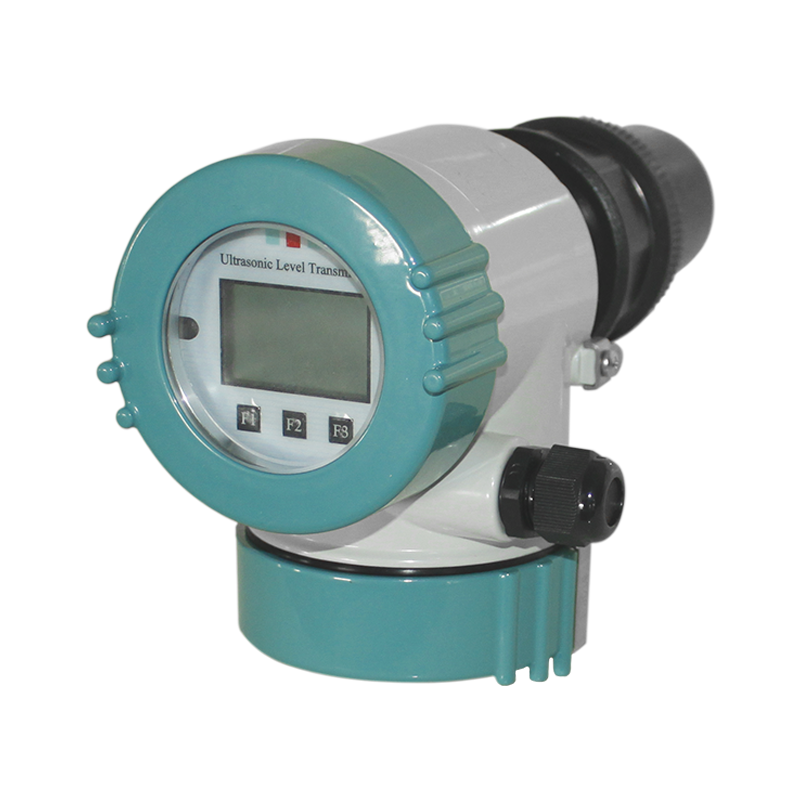
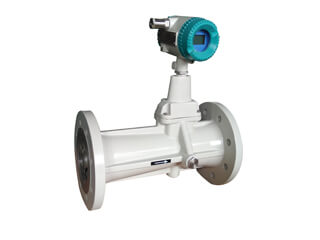
.jpg)
.png)
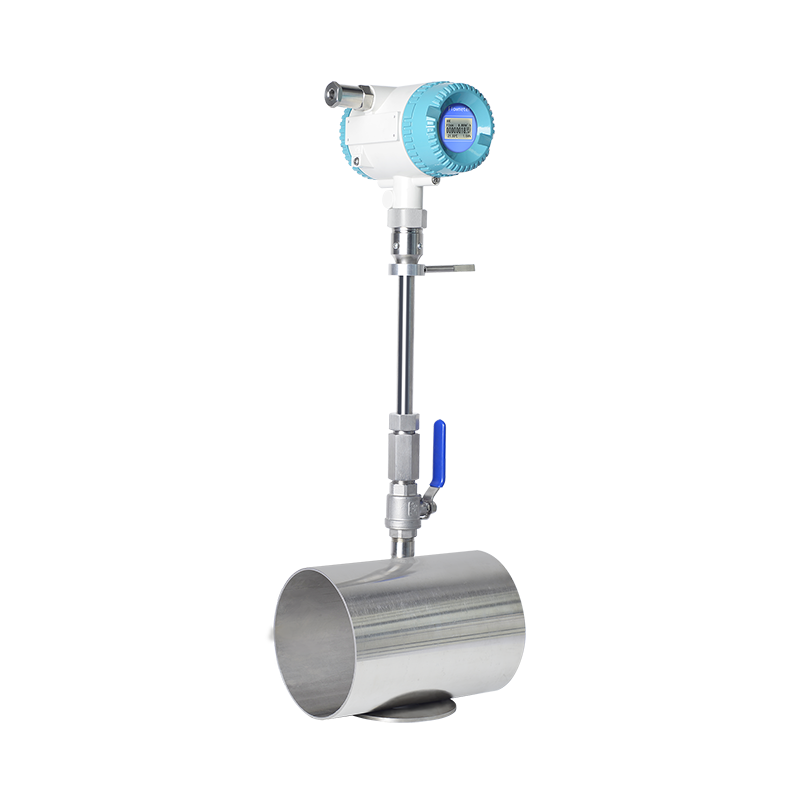
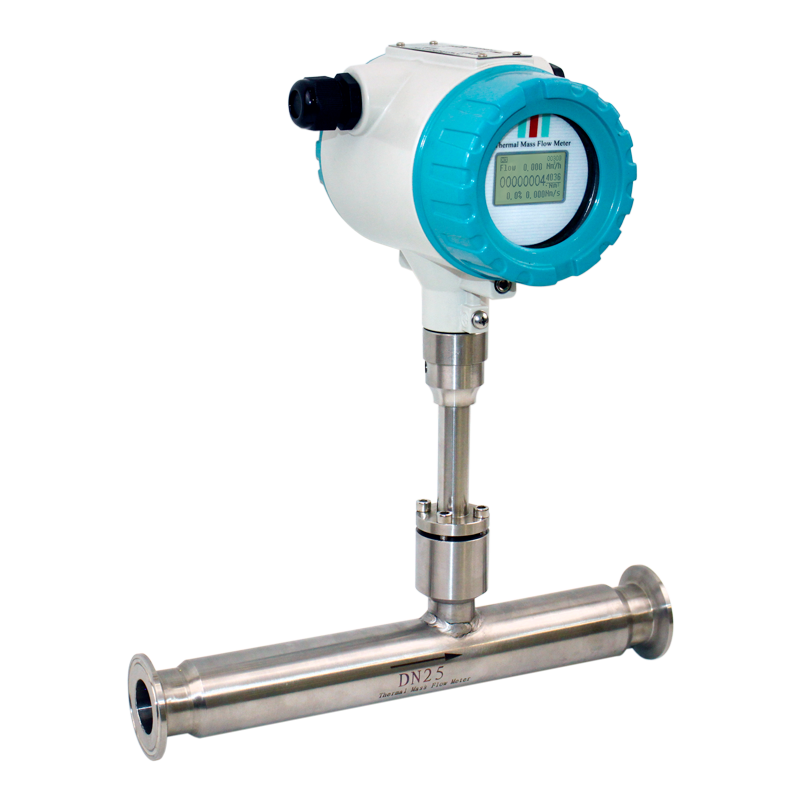
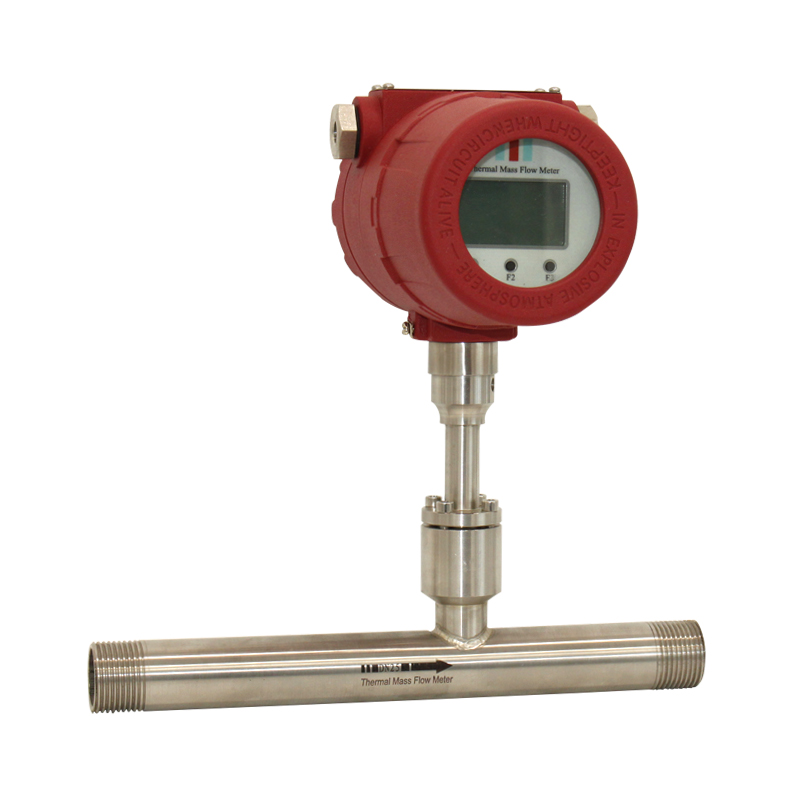
.jpg)
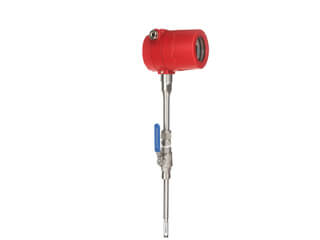
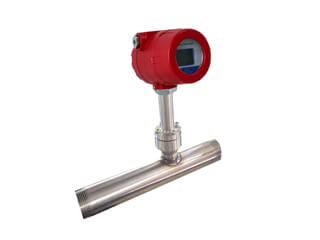
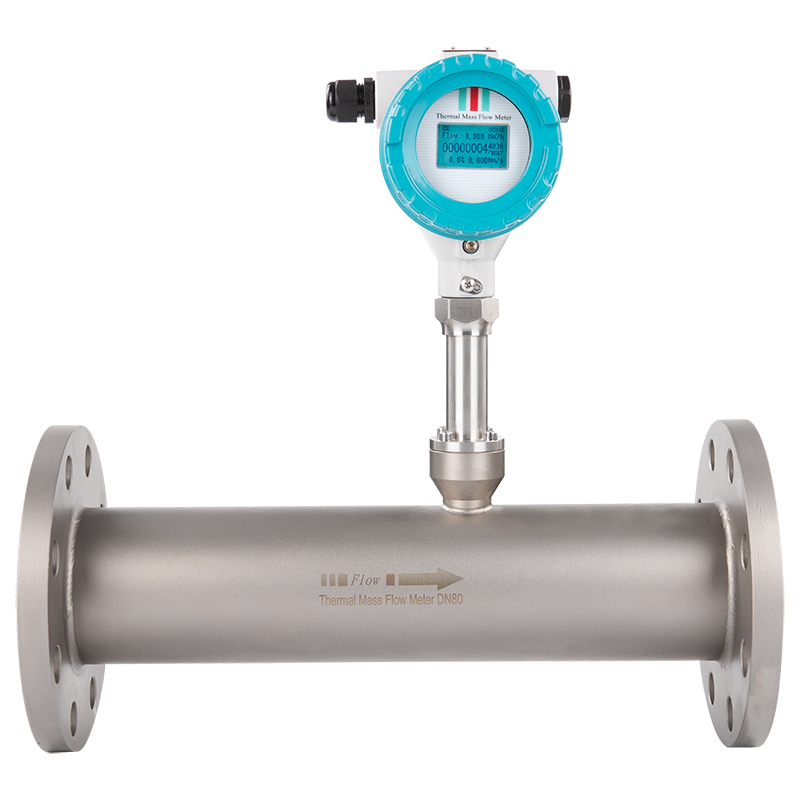
.png)
